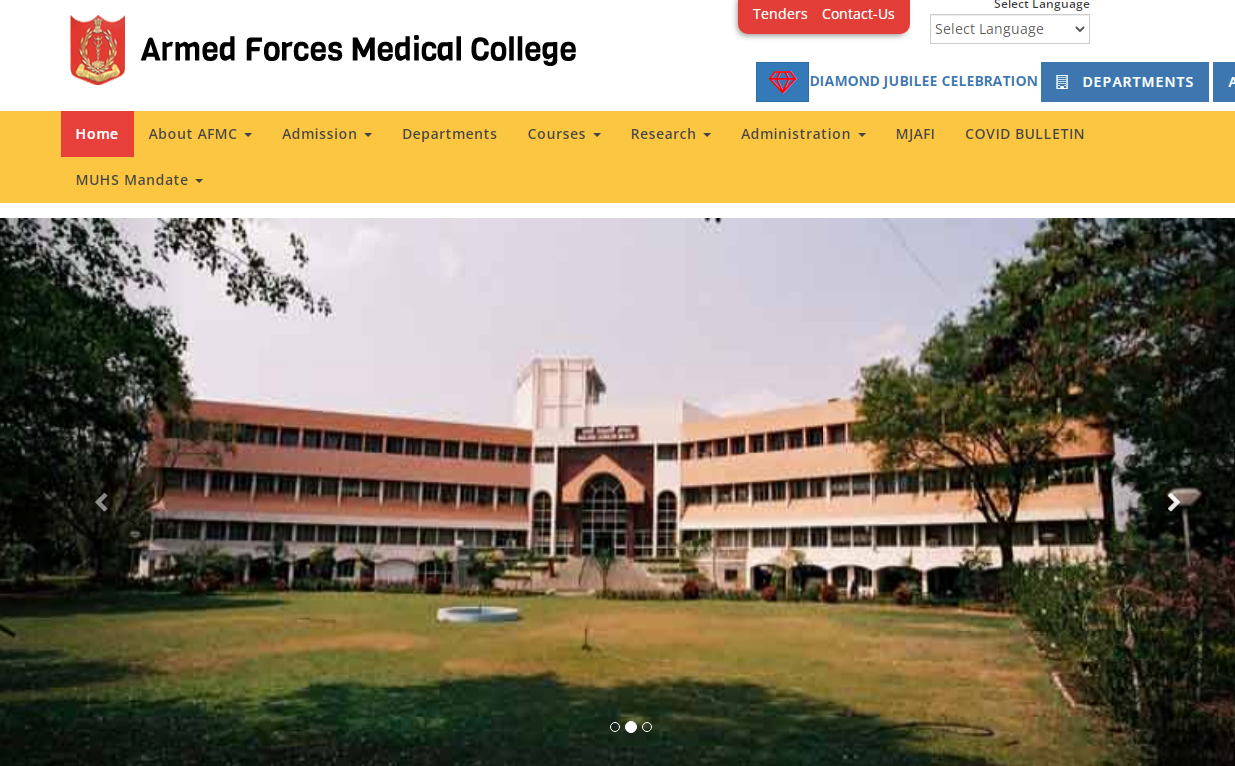Kempegowda Institute of Medical Sciences, Bangalor

Management
- Read more about Kempegowda Institute of Medical Sciences, Bangalor
- Log in to post comments
- 15 views

Management

This institution was established in the year 1996 by our Founder Chairman,(Late) Dr.A.Shanmugasundaram, a noble Philanthropist and Educationist of extraordinary vision in the field of education who is the founder of Vinayaka Mission's Research Foundation - Deemed to be University.
In 2003, Vinayaka Mission's Medical College and Hospital received permanent recognition from the Medical Council of India (MCI), Ministry of Health, Government of India. It was also renewed in the year 2010.

Chettinad Academy of Research and Education (CARE) was conferred the status of Deemed to be University u/s 3 of the UGC Act 1956 in the year 2008 and since then, it has been contributing significantly to the society as an Institute for higher learning and research in the field of Medicine, Allied Health Sciences and Nursing.

Founded over three decades ago, NBMCH is a medical school. Dr. B.C. Roy is the founder and director of our medical university. He has worked hard over the years to ensure that his vision becomes the success that it is today.
We began with a few students and a faculty of 5. Our first classes were done in our pioneer hall, long before the iconic quadrangle in the school was constructed.

During 1803, at height of its rule in India, the British India Company (East India Company) had a private army of 260000, twice the size of British Army. Plenty of soldiers used to die, mainly from diarrheal diseases, malaria and kala azar. The only available treatment at that time was traditional Indian medicine. It was not possible to treat this vast number of soldiers with very limited European doctors. Necessity of imparting training to the native people in modern medicine was badly felt.

Kalinga Institute of Medical Sciences (KIMS) a constituent of KIIT, offers a unique combination of experience and expertise. Located in an ultra-modern and eco-friendly campus, it has two wings – The Hospital and The Medical College (for MBBS & M.D. courses). ‘The Medical College’ offers MBBS course at the undergraduate level with an annual intake of 100 students as well as M.D. Course at postgraduate level.


The foundation stone of the Institute was laid by Hon’ble Dr. Neelam Sanjeeva Reddy, then President of India, on October 17, 1997 commemorating the 400th year of foundation of the historic holy city of Sri Amritsar by the 4th Sikh Guru, Sri Guru Ram Das Ji. Since then, SGRDIMSR is working round the clock providing quality services to the needy patients irrespective of their caste, creed, religion, or faith.

The Hyderabad Medical School which came into existence in 1846 A.D. was the fore-runner of Osmania Medical College. The medium of instruction was Urdu, the degree was Hakeem. Last two decades of the nineteenth century was the glorious period of this school. Seventh and the last Nizam of Hyderabad Nawab Mir Osman Ali Khan established Osmania University in 1919 A.D. and in the following year the Hyderabad Medical College. In 1957 A.D. Hyderabad became the Capital of enlarged Andhra Pradesh. Tremendous zeal and enthusiasm were evident to achieve all-round progress in medical education.

Armed Forces Medical College, Pune is a premier medical institution in India. AFMC has the distinction of being the first medical college set up by the Armed Forces of any country in Asia. The college is a unique institution which combines medical education with training specific to the health care needs of the Armed Forces. AFMC has been consistently rated among the top three medical colleges in India by surveys published by reputed newsmagazines for the past decade.